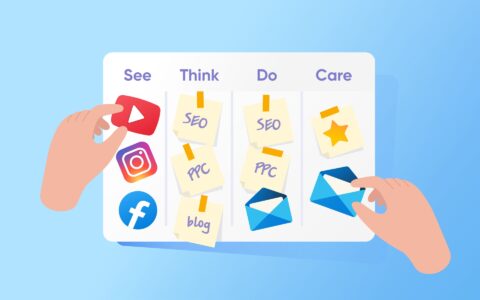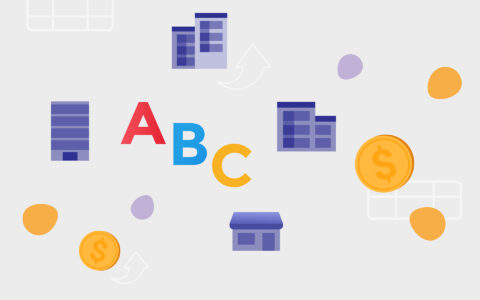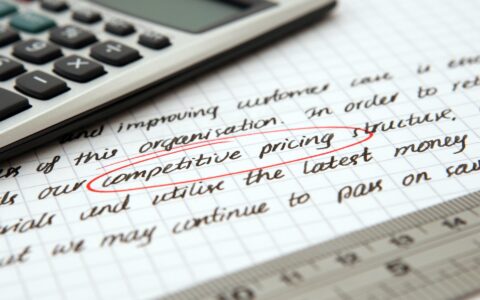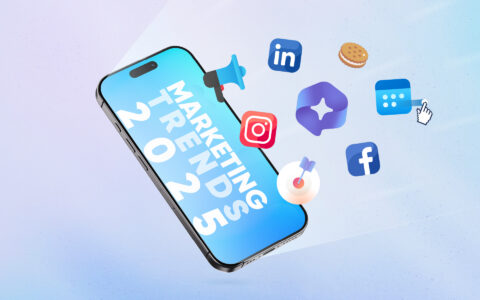Sales Pipeline vs. Sales Funnel: What’s the Difference and Why It Matters
In sales and marketing, terms often get used interchangeably, and one of the most common confusions is between the sales pipeline and the sales funnel. While both describe how prospects move toward becoming customers, they represent two different perspectives.
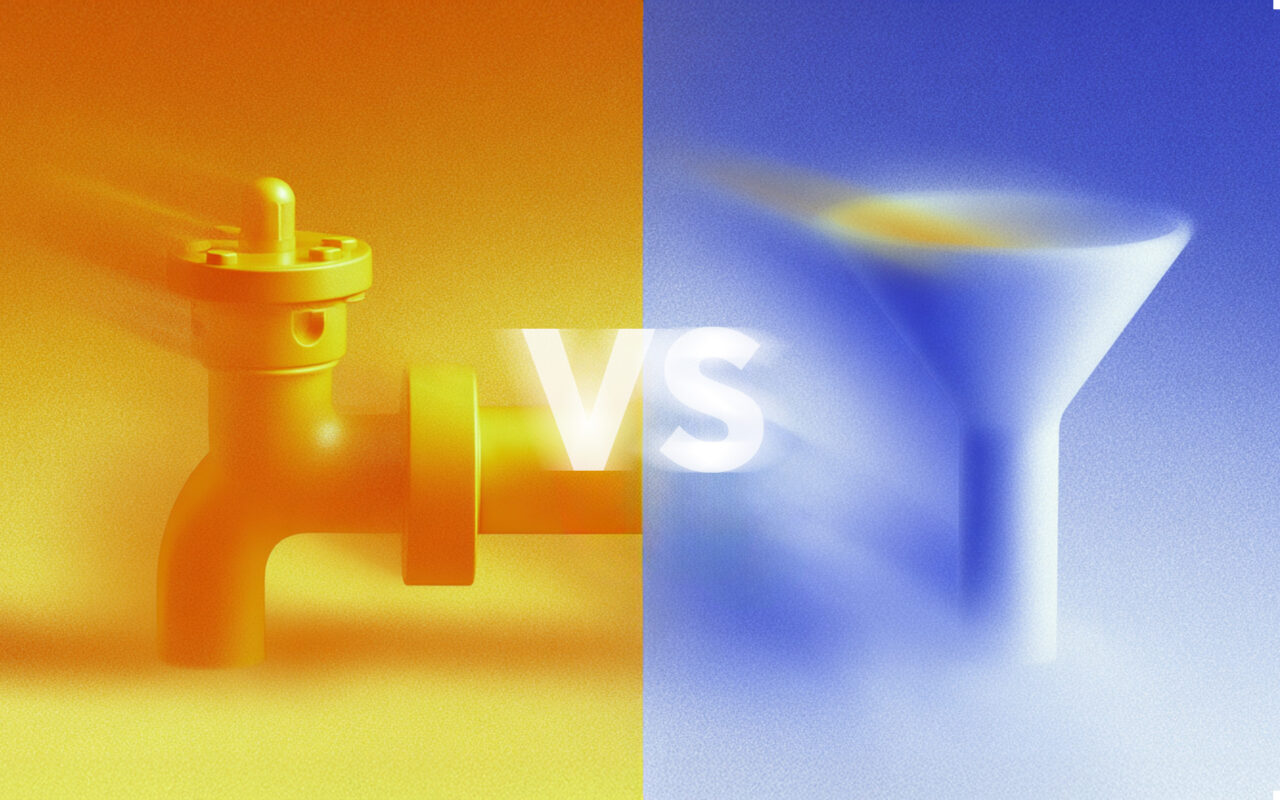
Let’s break down what each concept means, how they differ, and how you can use both to strengthen your business growth.
Table of Content
What Is a Sales Pipeline?
What Is a Sales Funnel?
Key Differences Between Pipeline and Funnel
How Pipeline and Funnel Work Together
Common Mistakes and Misunderstandings
Practical Tips for Businesses
The Sales Pipeline and the Sales Funnel Are not the Same Thing
What Is a Sales Pipeline?
A sales pipeline is a step-by-step view of your current deals. Think of it as a dashboard showing exactly where each opportunity stands in your sales process.
Typical stages in a pipeline include:
- New
- Qualification
- Proposal
- Contract or Negotiation
- Closed (won or lost)
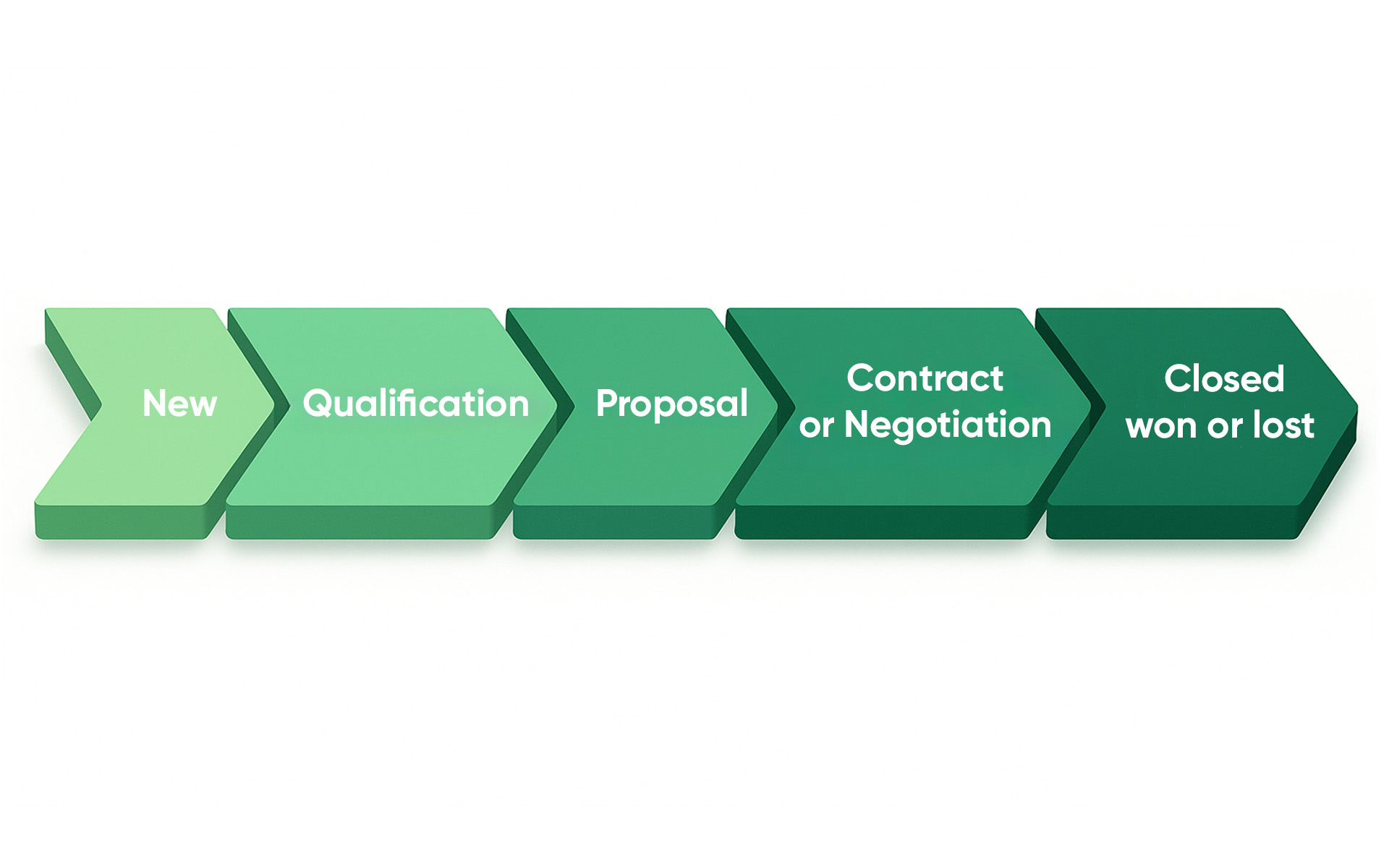
Each deal moves along these stages until it’s either converted into a customer/project or dropped. The pipeline is highly practical because it tells you not just how many deals you have but also what they’re worth and how close they are to closing.
For example, if you have five deals in the contracting stage, each valued at $10,000, you know you’re potentially looking at $50,000 in revenue in the near future. Sales managers rely on pipelines to forecast revenue and spot bottlenecks.
In short: the pipeline is deal-focused. It’s about managing opportunities individually and making sure they keep moving forward.
What Is a Sales Funnel?
A sales funnel, on the other hand, looks at prospects from a broader perspective. Instead of tracking individual deals, it represents how many people move through the buyer’s journey—from becoming aware of your product to making a purchase.
The funnel stages can be the same. The difference is how we think about them.
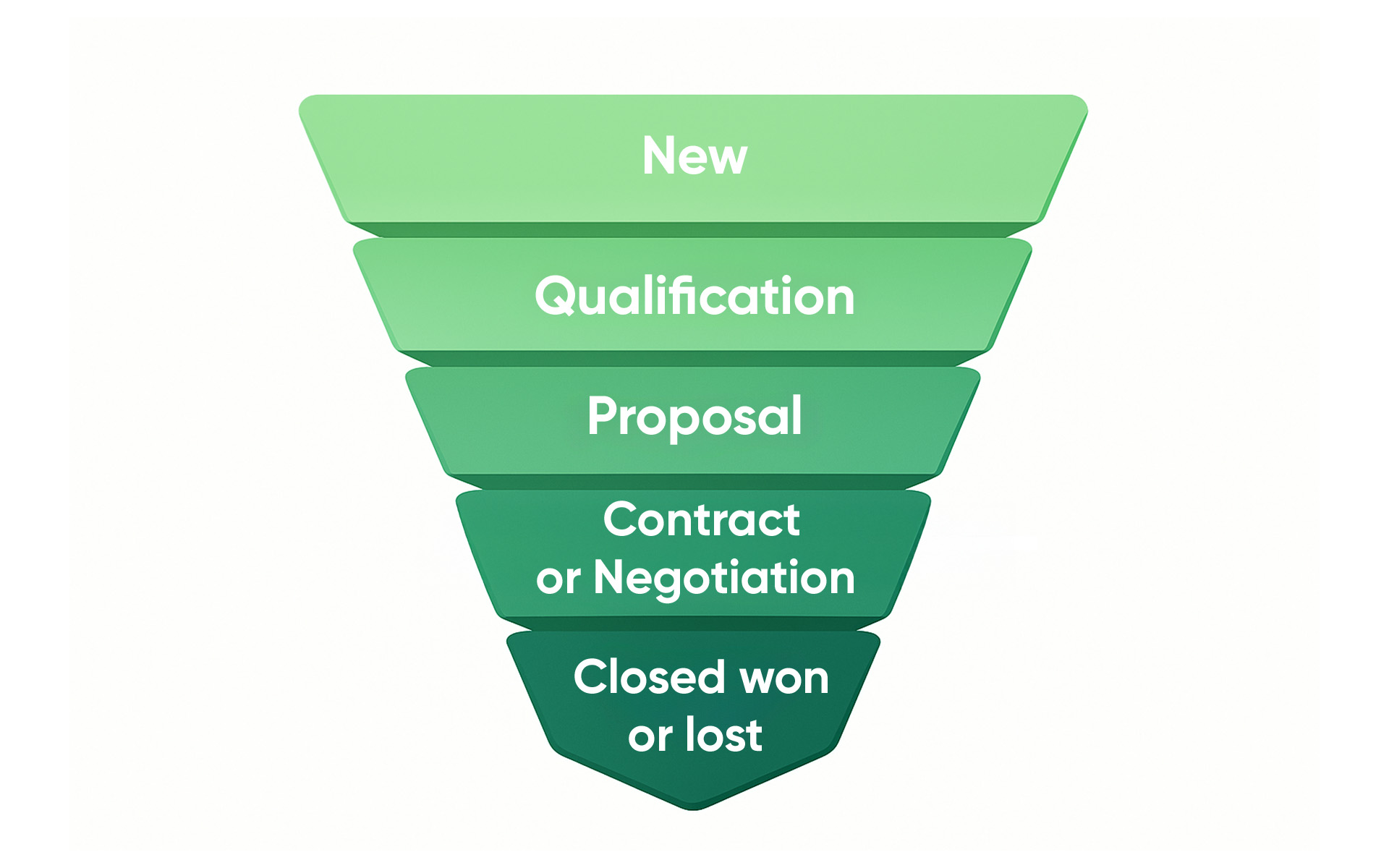
At the top of the funnel, you might have 1,000 new deals. A smaller number—say 200—might be worth qualifying. From there, 50 might request a proposal, 10 might move to contracting, and only 8 might finally buy.
The funnel is volume-focused. It shows how your potential customer base narrows down as people drop off at each stage. For marketers, it’s essential because it reveals conversion rates and helps identify where prospects are getting stuck.
Key Differences Between Pipeline and Funnel
Although they are connected, pipeline and funnel serve different purposes:
- Perspective: The pipeline shows deals in progress. The funnel shows the flow of prospects.
- Function: The pipeline helps you manage existing opportunities. The funnel explains how many leads are needed to reach sales goals.
- Ownership: The pipeline is often sales-driven, while the funnel is often marketing-driven.
- Measurement: The pipeline tracks deal value, probability, and velocity. The funnel tracks conversion rates and retention/churn.
To put it simply:
- The pipeline is about what’s happening now with your deals.
- The funnel is about what needs to happen to consistently fill that pipeline.
How Pipeline and Funnel Work Together
Even though they’re different, pipeline and funnel are two sides of the same coin.
- The funnel feeds the pipeline. Leads that make it to the bottom of the funnel become opportunities in your pipeline.
- The pipeline informs the funnel. By looking at which deals close fastest (or get stuck), you can refine your funnel stages and marketing strategy.
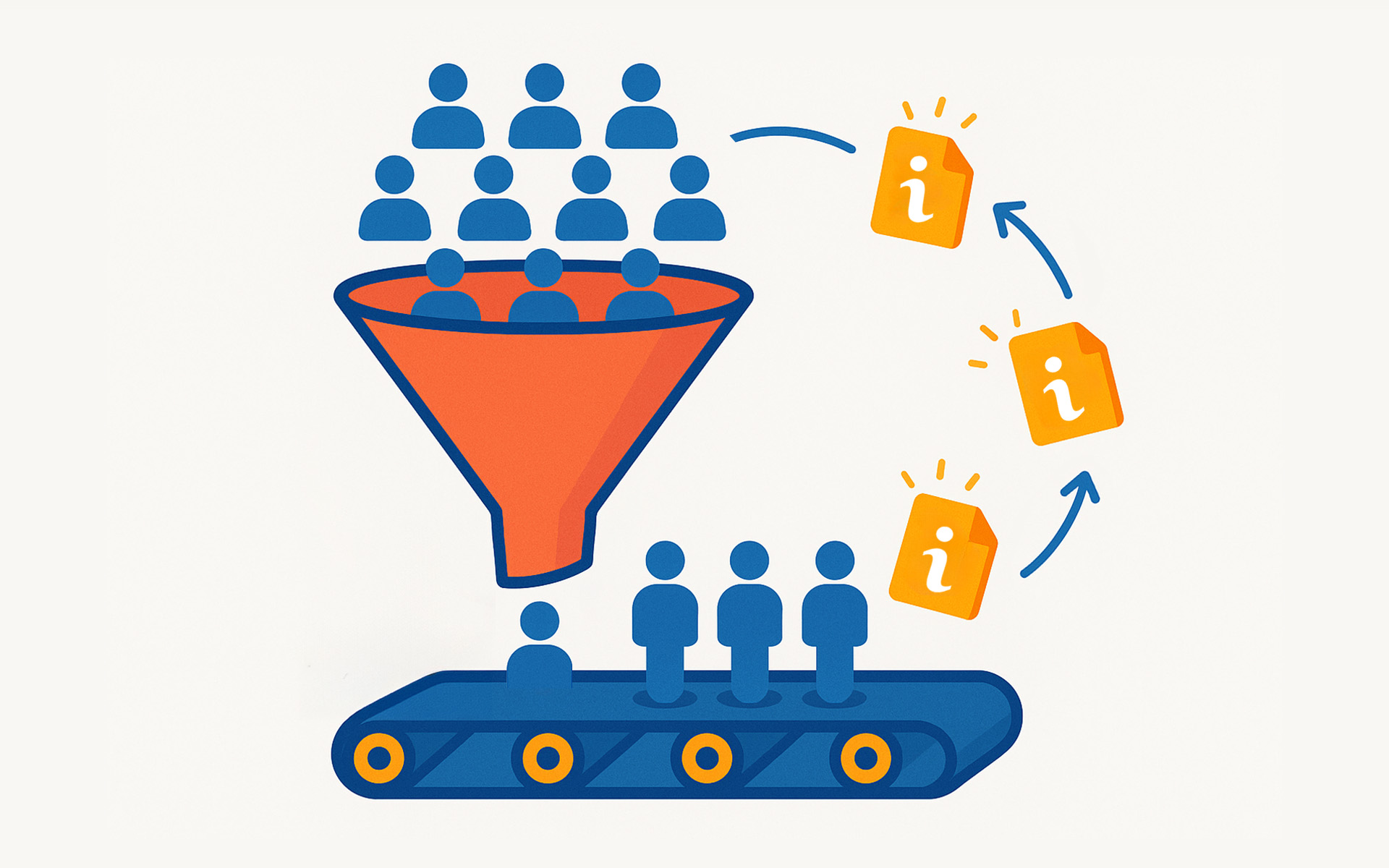
For example, if you discover that only 5% of leads who request demos actually convert, you can revisit your messaging, lead nurturing, or qualification process.
When sales and marketing teams align pipeline and funnel thinking, prospects enjoy a smoother journey, and your business enjoys more predictable growth.
Common Mistakes and Misunderstandings
Many businesses run into trouble because they blur the lines between pipeline and funnel.
Here are some frequent pitfalls:
- Using the terms interchangeably: This creates misalignment between sales and marketing.
- Over-focusing on the top of the funnel: Generating leads is important, but if your pipeline is poorly managed, opportunities will slip through the cracks.
- Ignoring conversion metrics: Without measuring how many people move from one stage to the next, you can’t improve either your funnel or your pipeline.
Practical Tips for Businesses
To make the most of both models, try these best practices:
- Align terminology: Make sure your sales and marketing teams have a shared understanding of what “pipeline” and “funnel” mean in your company.
- Use CRM software: A good CRM, like eWay-CRM, helps track both the pipeline (deal stages) and the funnel (lead sources, conversion rates).
- Set clear KPIs: For the funnel, measure metrics like cost per lead and conversion rate. For the pipeline, track deal velocity, stage distribution, and pipeline value. From these, you can also calculate win rate as a performance KPI.
- Encourage collaboration: Sales and marketing should meet regularly to review both the funnel and the pipeline. This ensures leads are qualified properly and opportunities are managed effectively.
The Sales Pipeline and the Sales Funnel Are not the Same Thing
But they’re deeply connected. The funnel shows you how many leads are moving toward becoming customers. The pipeline shows you the real deals you’re working on right now.
For lasting success, your business needs both: a healthy funnel that keeps filling the pipeline, and a well-managed pipeline that ensures deals are closed efficiently.
If you want to track both in one place, try eWay-CRM, the best CRM in Outlook.




